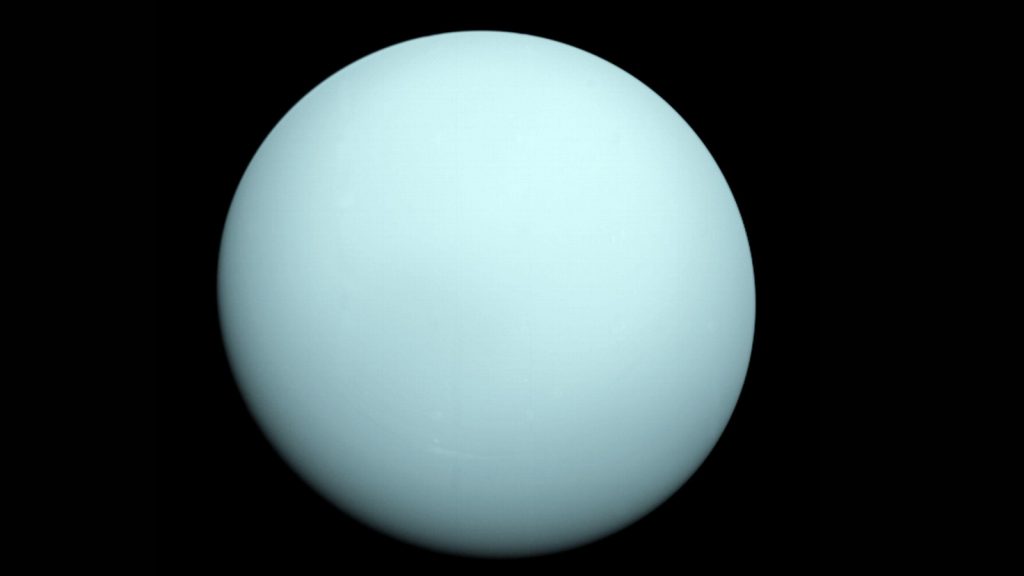
Uranus is quite smelly; an abundance of hydrogen sulfide in the clouds above the surface there will make the environment reek of rotten eggs. Using technology made possible with a telescope on Hawaii’s Big Island, scientists have been able to identify the smelly gas there, setting the stage for other interesting discoveries in our Universe and beyond.
Prior to this point, the composition of Uranus’ atmosphere has never been unambiguously identified. It was widely assumed to be composed primarily of either ammonia or hydrogen sulfide (H2S) ice. In a paper published yesterday in Nature Astronomy, scientists describe how they confirmed the hydrogen sulfide in the atmosphere there.
“If an unfortunate human were ever to descend through Uranus’ clouds, they would be met with very unpleasant and odiferous conditions,” study lead author Patrick Irwin, of Oxford University in England, said in a statement. “Suffocation and exposure in the negative 200 degrees Celsius (minus 328 degrees Fahrenheit) atmosphere, made of mostly hydrogen, helium, and methane, would take its toll long before the smell.”
Irwin and his colleagues studied Uranus’ air using the Near-Infrared Integral Field Spectrometer (NIFS), an instrument on the 26-foot (8 meters) Gemini North telescope in Hawaii. The Gemini North telescope is located near the peak of Mauna Kea on Hawaii; at nearly 14,000 feet, the telescope usually has a cloud and light-pollution-free view of space. NIFS scanned sunlight reflected from the atmosphere just above Uranus’ cloud tops and spotted the signature of hydrogen sulfide.
“Only a tiny amount remains above the clouds as a saturated vapor,” study co-author Leigh Fletcher, from the University of Leicester in England, said in the same statement as Irwin’s. “And this is why it is so challenging to capture the signatures of ammonia and hydrogen sulfide above cloud decks of Uranus. The superior capabilities of Gemini finally gave us that lucky break.”
By using the same approach, the gaseous make-up of other places in space can be determined without sending up expensive satellites or probes to be there to take readings.